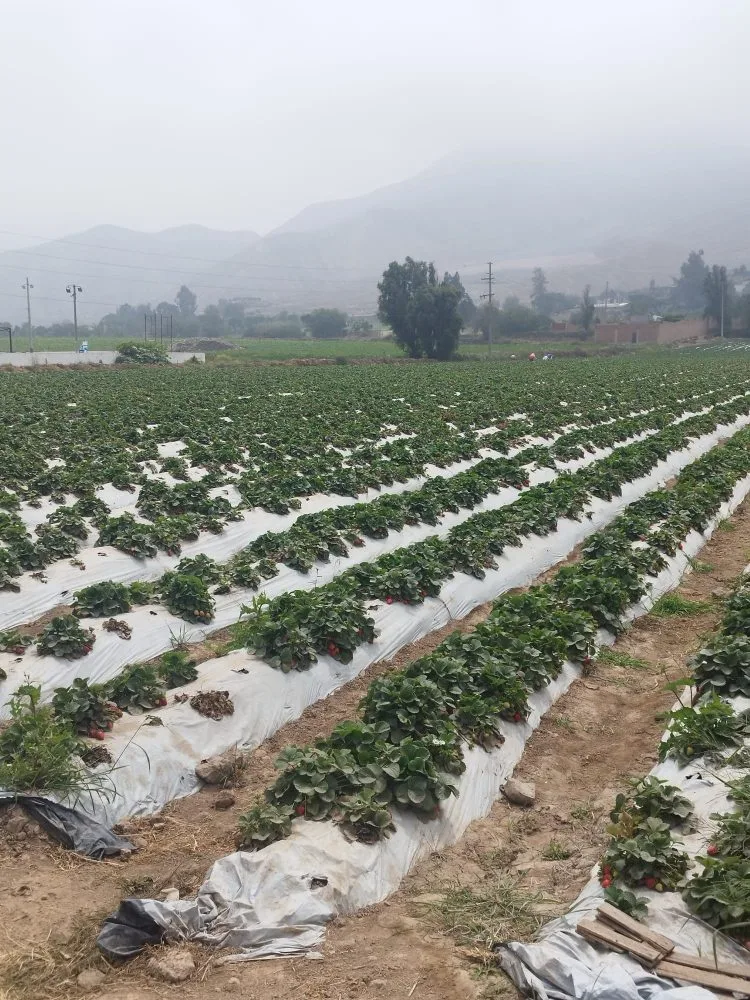HortiPerú
THE HORTICULTURE SECTOR IN PERU Sector analysis and business opportunitie
Last Updated 23 June 2025

THE SITUATION
Agricultural production models in Peru can be very diverse, but in general two large groups can be distinguished; large-scale producers, who are dedicated to agro-export using advanced technology and practicing precision agriculture on a large scale – these producers are mainly dedicated to fruit crops and some vegetables such as asparagus, artichoke, onion, peppers, among others – and on the other hand, there are the medium and small producers, who are mainly dedicated to supplying the domestic market, using rudimentary technology and on a reduced scale
THE PROBLEM
The sector faces significant challenges, including fragmentation of land ownership, limited access to technology and resources, excessive use of agrochemicals, and insufficient market access. Small producers rely on basic technologies for cultivation, such as simple nurseries and open-field farming, with limited adoption of advanced techniques like greenhouse cultivation. Excessive use of agrochemicals poses health and environmental risks, reflecting a need for improved agricultural practices. The lack of studies of the national sector makes it very difficult for new actors to understand and enter the potential markets offered by agricultural value chains.
In Latin America, Peru is probably among the countries with the highest level of food losses and food waste (Bedoya – Perales, Dal’magro, 2021). It is estimated that 53% of losses occur in the stages of agricultural production (25%) and packing processing (28%). Of these losses, 44.4% are in fruit and vegetables (5.6 million tonnes per year).
THE PROJECT
The aim of the study is to perform the research for business opportunities in the Peruvian private sector directly related to horticultural production and processing; that can be matched by Dutch companies, organizations, institutions, or consultants. Hence the research has to be conducted both in Peru and The
Netherlands.
This study highlights the numerous challenges facing the Peruvian vegetable sector, which are hindering its growth and competitiveness. Fragmented production, worsened by informal land ownership, disrupts quality control and effective market strategies. Our recommendation for the public sector, both Dutch and Peruvian, is to establish tailored programs to strengthen the vegetable sector in Peru. These initiatives should align local producers’ offerings with the demand from higher-end markets and restaurants, focusing on improving product quality through showcasing good agricultural practices, such as protected agriculture.

